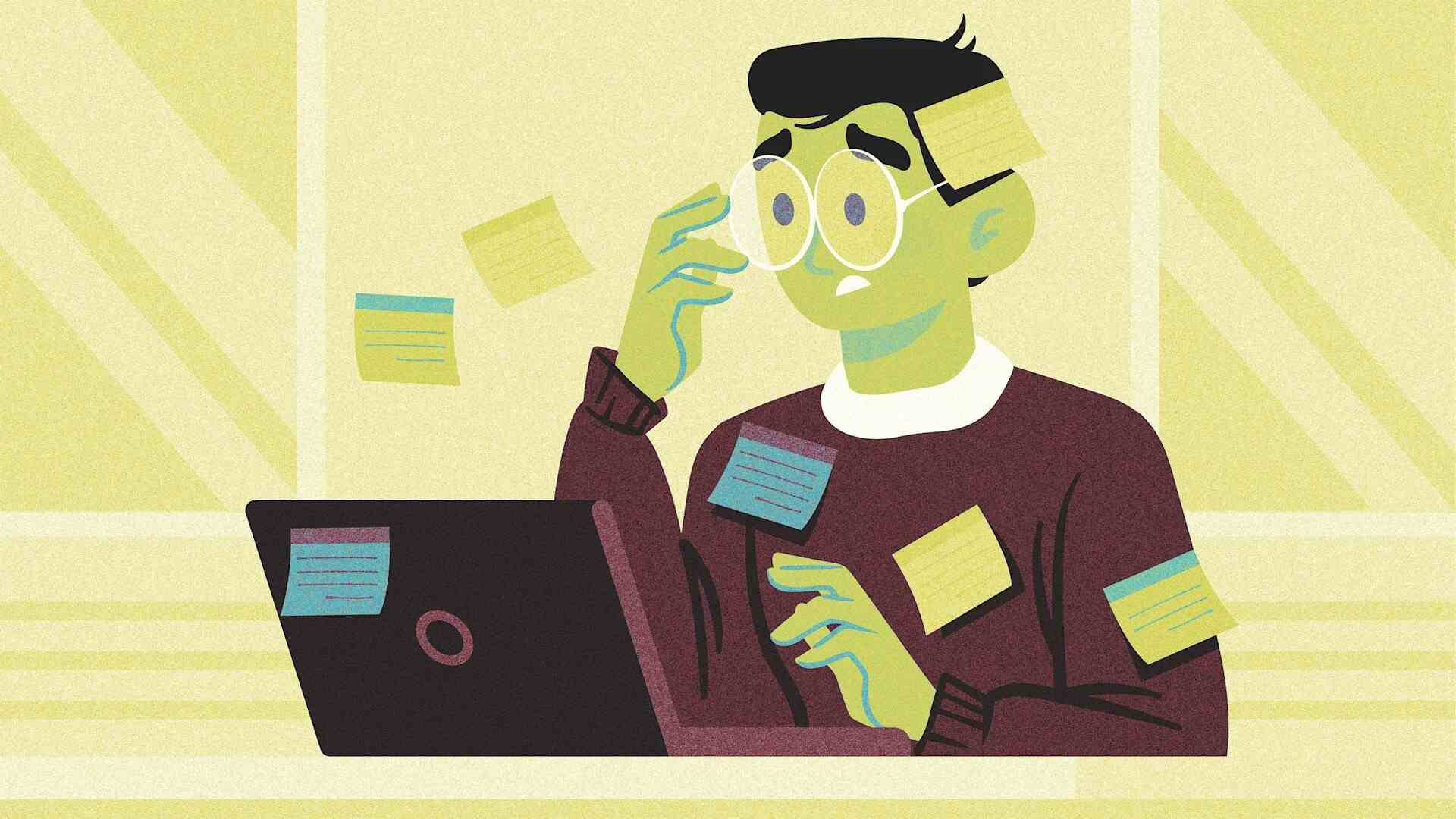- | 8:00 am
What to do if you run out of money in retirement
Other than the useless suggestion that you should have saved more, traditional financial advice doesn’t offer much guidance if you outlive your money.

We tend to think of 65 as the traditional age for retirement, but the Morningstar Center for Retirement & Policy Studies reports that retiring at 65 might be jumping the gun. According to Morningstar’s research, nearly half of American households will run out of money in retirement if they leave the workforce at age 65.
This is the point where financial professionals start banging the “save early and often for retirement!” drum, which is certainly a message that bears repeating. The best way to deal with a financial shortfall is to avoid it.
But what if the retirement ship has already hit the not-enough-money iceberg? Learning what you should have done won’t keep you from sinking.
The options available to retirees who have exhausted their funds may not be pretty, but they can help keep you afloat. Here’s what you should consider:
Your home can be a source of cash in retirement
For 73% of retirees, their home is their most valuable asset. You may already know about the value of your home if you watch any daytime TV, since Magnum P.I. is consistently featured in commercials suggesting you take out a reverse mortgage.
While a reverse mortgage may sound like potential scam, especially when it’s touted by mustachioed ’80s TV stars, tapping the equity in your home with this kind of loan product can help you make ends meet without having to leave your home. You just have to know what you’re getting into.
Reverse mortgage rules
A reverse mortgage works exactly the way it sounds: Instead of you paying the bank a mortgage payment every month, the lender sends you a monthly payment that you can use for whatever you need.
In order to qualify for a reverse mortgage, you must meet the following criteria:
- You and your spouse must be at least age 62 or older.
- You must have either a paid-off mortgage or a significant level of home equity.
- If your mortgage isn’t paid off, you must use the proceeds of the reverse mortgage to pay the balance.
- You must live in the home full-time.
- You cannot be delinquent on any federal debt, such as federal student loans.
- You must stay up-to-date on property taxes and home maintenance.
The loan does not come due until you either sell the home, move out of the house, or pass away. At that point, the house will be sold and the lender will be repaid with interest. This makes a reverse mortgage a bad option if you want to leave your house to your family, since they will have to pay off the reverse mortgage in order to keep the home.
Finding a reputable reverse mortgage
Though a reverse mortgage can offer a financial lifeline to struggling retirees, be careful which reverse mortgage products you choose. By far, the safest way to access a reverse mortgage is through the U.S. Housing and Urban Development program called Home Equity Conversion Mortgage (HECM, pronounced by folks in the industry as “HECK-um”).
HECM reverse mortgage loans are federally insured. The program requires potential borrowers to attend third-party financial counseling from a HUD-approved financial educator. This counseling ensures that all borrowers are fully aware of the potential costs and consequences of a reverse mortgage.
If you’re interested in pursuing a reverse mortgage through the HECM program, you can find a HUD-approved housing counselor near you via the HUD website.
What is the biggest threat to your nest egg (and why is it healthcare)?
Fidelity calculates that a 65-year-old retiring in 2024 can expect to spend approximately $165,000 on medical expenses and healthcare throughout their retirement. Keep in mind that this is the cost of medical care on top of what Medicare will pay for. Most retirees don’t have an extra 165 big ones available to spend on their medical needs.
And before you assume you can just forgo some medical care—who needs an annual physical anyway?—the most expensive aspect of your healthcare may be something you can’t live without: long-term care.
Long-term care costs: the fifth horseman of the retirement apocalypse
Medicare does not cover the cost of long-term care expenses like personal care help with daily activities, adult day healthcare, meal delivery, or home and community based services. If you have a chronic illness or disability and need this kind of regular help, you will have to pay out of pocket for it.
The costs can add up quickly. Currently, adult day healthcare costs a median of $2,000 per month across the U.S., while a home health aid averages over $6,000 per month, and space in an assisted living facility will set you back an average of $5,300 per month. If you need nursing home care, that can cost nearly $10,000 per month. This could take a major bite out of the largest of nest eggs.
So what do you do when your medical expenses outpace your retirement income?
Medicaid to the rescue (sorta)
Although Medicare does not cover the cost of nonmedical long-term care, Medicaid does. This similarly named program is administered by the federal government working in conjunction with individual U.S. state governments. It provides assistance to low-income and medically needy Americans of any age. Typically, Medicaid beneficiaries don’t have to pay out-of-pocket for covered medical care (including long-term care).
However, since the program is a joint venture between Uncle Sam and each of the 50 states, the specific eligibility requirements and coverage options vary depending on your location. Generally, individuals who are over the age of 65 can qualify for Medicaid by meeting one of the following criteria:
- Have an income at or below 133% of the federal poverty level and own no more than $2,000 in assets
- Experience blindness or a disability
- Have significant health needs (if your state has accepted Medicaid expansion)
Medicaid eligibility will usually only become an option for most retirees once healthcare costs have completely drained their assets. Specifically, you must have no more than $2,000 in assets and have a monthly income below your state’s program limits, which could be as low as $1,669 per month for a single person household.
In other words, spending down your assets until you are eligible for Medicaid is not an ideal solution to a retirement shortfall. The program takes the idea of “low income and limited assets” seriously. You cannot have investments, a home, or any other assets that are worth more than $2,000.
However, Medicaid can make a huge difference for any retiree who needs extensive long-term care that they cannot afford—such as a senior with dementia who is otherwise healthy. Paying for that daily dementia care out of the retiree’s nest egg will eventually draw down their assets enough to qualify for Medicaid, which will pay for them to continue receiving the care they need.
Know your backup options
Taking a reverse mortgage or spending down your assets until you are eligible for Medicaid may not be anyone’s ideal retirement plan, but they are viable methods for staying afloat. Understanding how these programs both work can help you make the best decisions when it feels like you only have bad options to choose from.
Just remember that running out of money in retirement does not mean you have run out of options. There’s always a way to make it work.
Apply to the Most Innovative Companies Awards and be recognized as an organization driving the world forward through innovation. Early-rate deadline: Friday, August 23.







































